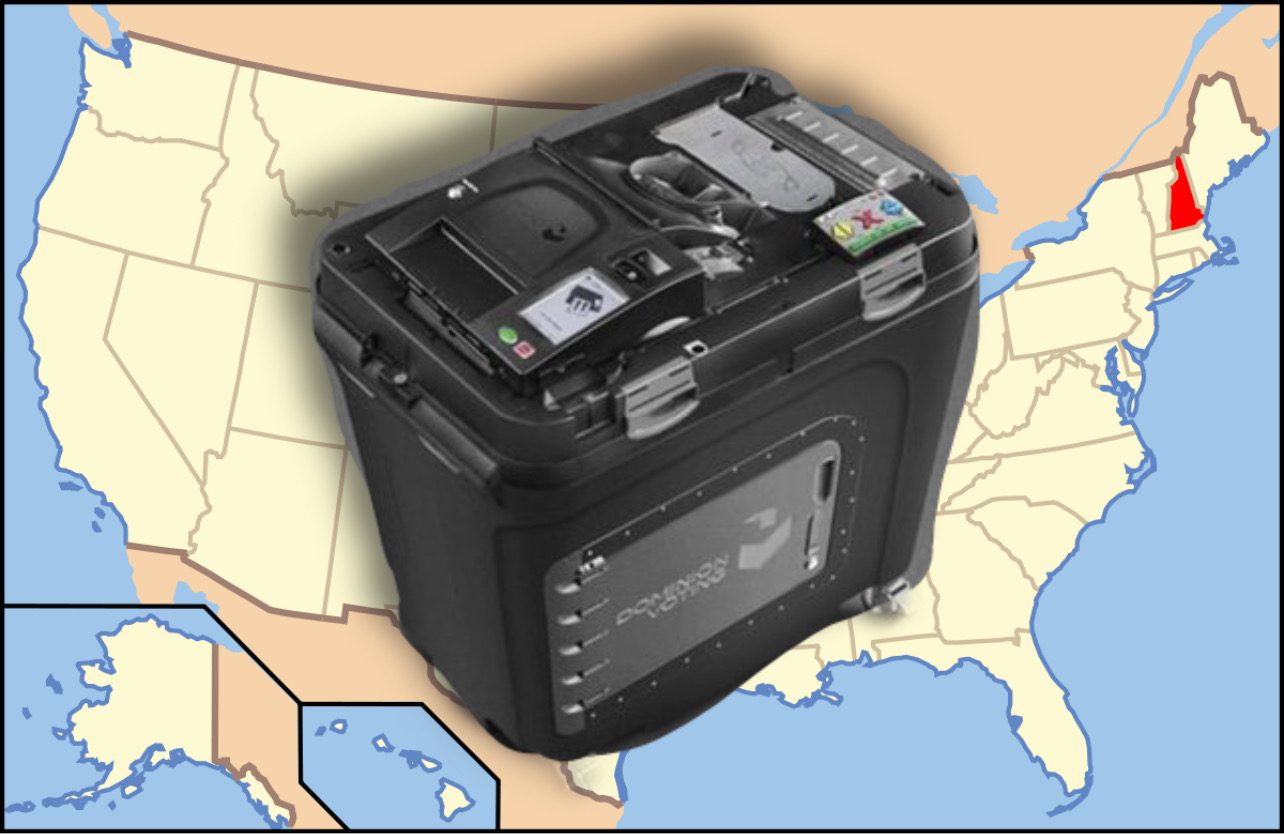“What Am I Doing?” Asks a Confused Joe Biden While Shaking Hands with People (VIDEO)

We exclusively reported that the unapproved second database management program, Microsoft SQL Server Management Studio (SSMS), previously discovered in Michigan and Pennsylvania was likely to be found in Arizona and Georgia.
The report showed that the application is not part of the software configuration as certified by the Election Assistance Commission (EAC).
This is the same software Michigan attorney Matthew DePerno’s team discovered on an Antrim County Dominion EMS server and demonstrated it to be capable of manipulating the election database stored and managed on the same server.
Now there is more reason to believe that the same “shadow” database management software will be found on the EMS servers in Arizona.
Because there are so many similar moving parts in so many states, it is easy to get confused and overwhelmed. For this reason, we establish and clarify the relevant facts up to this point.
Before the Arizona Senate began the audit currently underway, the Maricopa County Board of Supervisors (BoS) and the Arizona Senate were at odds over who was going to do the audit. The Maricopa BoS demanded that the auditors had to be an EAC accredited Voting System Test Laboratory (VSTL), of which they claimed were only two:
Pro V & V and SLI Compliance.
Although the Senate disagreed, the Maricopa BoS went ahead anyways and unilaterally contracted both firms to audit the Dominion voting systems and equipment.
It is important to know that Dominion had previously contracted these two companies who tested various versions of the Democracy Suite 5.5 voting system for EAC certification. The same system which the Maricopa BoS hired them to audit.
The two labs each independently performed an audit of a randomly selected cross-section of voting equipment and systems.
Not surprisingly, neither audit found anything nefarious.
What is interesting, however, is what both audits failed to include in their analysis of the EMS server. Strangely, neither audit report evaluates the audited server’s software configuration as it was found, nor did they compare it to the certified software configuration as approved by the EAC.
Coincidentally, the software configuration of the EMS server, omitted by the auditors, would have certainly revealed the existence of any unapproved software. For example, a “shadow” database management application like the Microsoft SQL Server Management Studio found in Michigan and Pennsylvania might be there.
Also suspect is the method by which both auditors went about isolating and verifying only the Dominion software.
From Pro V & V’s report:
“…the Pro V&V test team was granted access to the workstations/servers from qualified Board of Elections Employees. Once access was achieved, a team member navigated to the folder containing the DVS software and copied the software onto a brand-new USB drive.”
SLI Compliance report showing the same:
“Dominion voting system files were extracted from the two EMS servers to validate against EAC generated hash codes, which are used to validate that each file’s content has not been modified.”
The procedure used by both auditors to copy and compare only the Dominion application-specific files from a live directory while using the very machine being audited is an unacceptable forensic practice and an inexplicable one.
Proper forensic audit procedures consistent with best practices dictate cloning or creating a mirror image of the hard drive(s) and working from the image so as to preserve the data in its original state.